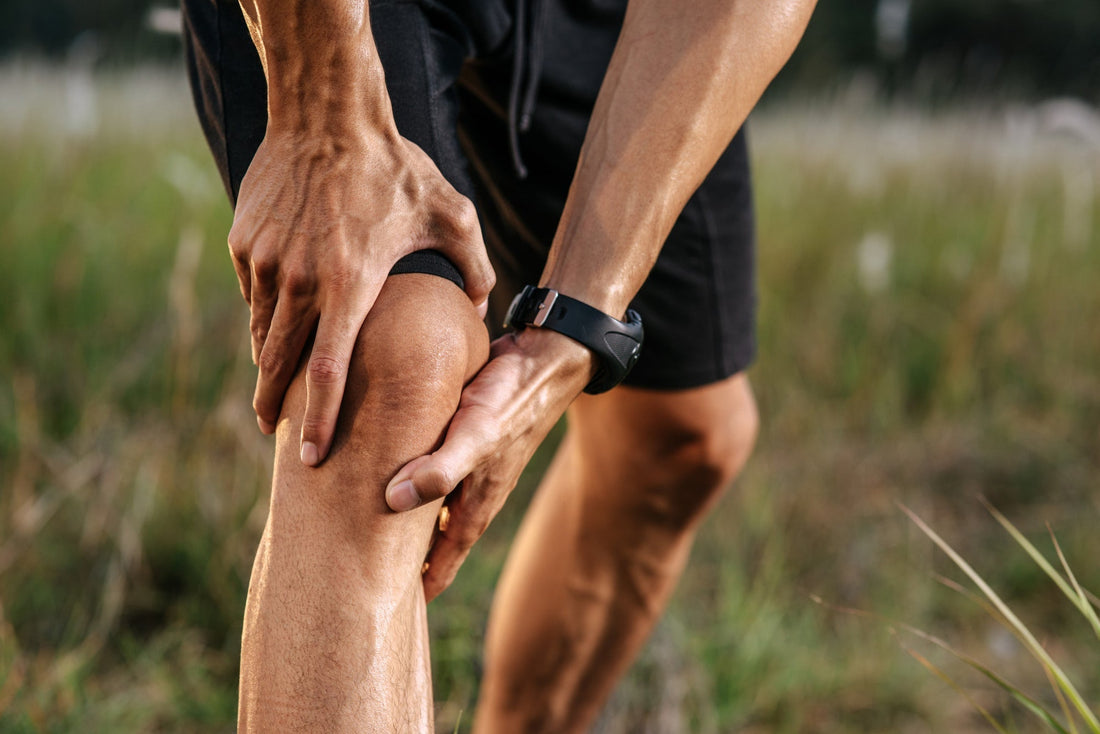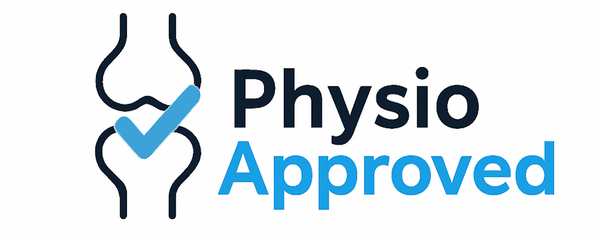
Knee Injuries - A Physiotherapist's Perspective
Share
A Universal Guide to Understanding Knee Pain, Knee Assessment & Pain Solutions
Knee issues are incredibly common and don’t discriminate - they can affect anyone, from professional athletes to office workers to weekend warriors. A frequent question we hear in practice is: “What exactly in my knee is causing me pain?”. Unfortunately, the answer isn’t always straightforward. The knee is a complex joint, made up of bones, ligaments, cartilage, muscles, and tendons, all working together - and sometimes, breaking down together. This can make it hard to pinpoint which particular structure is the source of symptoms like pain and weakness. While imaging tools like MRIs can assist in identifying the precise cause, they aren’t always accessible, affordable, or even conclusive. That’s where physiotherapists step in, using movement analysis, critical reasoning, and learning about a patient’s lifestyle to form a solid, evidence-based understanding of what’s happening inside the joint which we rely on so heavily.
What's Going on Inside the Knee?
The knee joint brings together four bones, supported by an extensive network of soft tissues: Femur (thigh bone), Tibia (shin bone), Fibula (smaller lower leg bone), Patella (kneecap).
These bones are cushioned by cartilage, which allows for smooth movement and absorbs impact. However, when cartilage is damaged - due to injury, overuse, or conditions like osteoarthritis - pain, stiffness, and weakness can develop.
Ligaments act like elastic bands, stabilising the joint by preventing excessive movement. Unfortunately, this protective role can be hazardous, especially during sports and physical activity which makes them vulnerable to sprains and tears, which are among the most common knee injuries we see.
How do Physiotherapists Assess the Knee?
Consideration of Biomechanics
We observe how the knee functions during tasks like walking, squatting, or climbing stairs. Abnormal or unwanted movement patterns can often reveal the root cause of your symptoms.
It's also important to look beyond the knee itself. Dysfunction in the hip, pelvis, or ankle/foot can contribute to knee pain through poor alignment or altered biomechanics.
Tissue Differentiation
Physiotherapists look to distinguish between issues in: 'Contractile tissue' which includes muscles and tendons and 'Non-contractile tissue' which accounts for ligaments, cartilage, bone, and other passive structures.
This helps pinpoint the specific structure involved and is essential for accurate diagnosis, targeted treatment, and realistic expectations for recovery.
Classifying Knee Injuries
Gradual Onset/Chronic Knee Pain
This is pain which is often described as ‘insidious’, meaning harmful with a gradual and sometimes subtle origin. This often aligns with people's experience of developing pain over time when there wasn't a single and obvious injury event.
Common conditions are:
Patellofemoral Pain Syndrome or 'PFPS'
Does your pain reside around or behind the kneecap? This may be PFPS which can be caused by poor kneecap tracking or muscle imbalances. In many cases, symptoms can be improved with specific exercises and supportive equipment like tape or bracing. We have written an article which specifically covers this condition, click here to have a read.
Osteoarthritis
Osteoarthritis involves degeneration of cartilage, leading to joint stiffness, swelling, and pain. While OA is a chronic condition (typically prevalent in those older than 45), many people manage symptoms effectively with physiotherapy, strength exercises, weight management, and, in some cases, surgical intervention. Here is a link to our article which delves deeper into the condition.
Acute Knee Pain
Acute injuries occur suddenly, often during sport, exercise, or a fall.
Common injuries are:
Ligament Tears (e.g., ACL, MCL sprains)
Meniscal Injuries (damage to the cartilage shock absorbers)
Muscle Strains (typically involving the quadriceps or hamstrings)
These injuries usually result in immediate pain, swelling, instability, or reduced movement. Accurate assessment and early management are crucial to optimise recovery.
When the onset of the origin is obvious - for example getting your knee twisted or bent into an awkward position during sport. Some common injuries include torn ligaments, meniscal injuries and muscle strains.
Next Steps in Managing Your Knee Injury
Whether your knee pain is chronic or acute, management doesn’t have to be complicated or expensive. With the right information, professional guidance, and proven tools, most people make meaningful progress while avoiding surgery.
Explore our physio-approved selection of knee braces and supports, designed to complement your rehab journey.
And if you're still figuring out what brace might be best for your needs, don’t worry — we’ve created a simple, evidence-based guide to help:
Final Thoughts
As physio students, we've learned firsthand how overwhelming injury management can feel - especially with all the mixed messages online. This platform was built to cut through the noise, simplify recovery, and provide only trusted, evidence-backed information and products.
Your recovery should be guided by science, not social media trends.
Stay informed. Stay supported. Move better.
Sign up to our Newsletter today.
